Projects
New
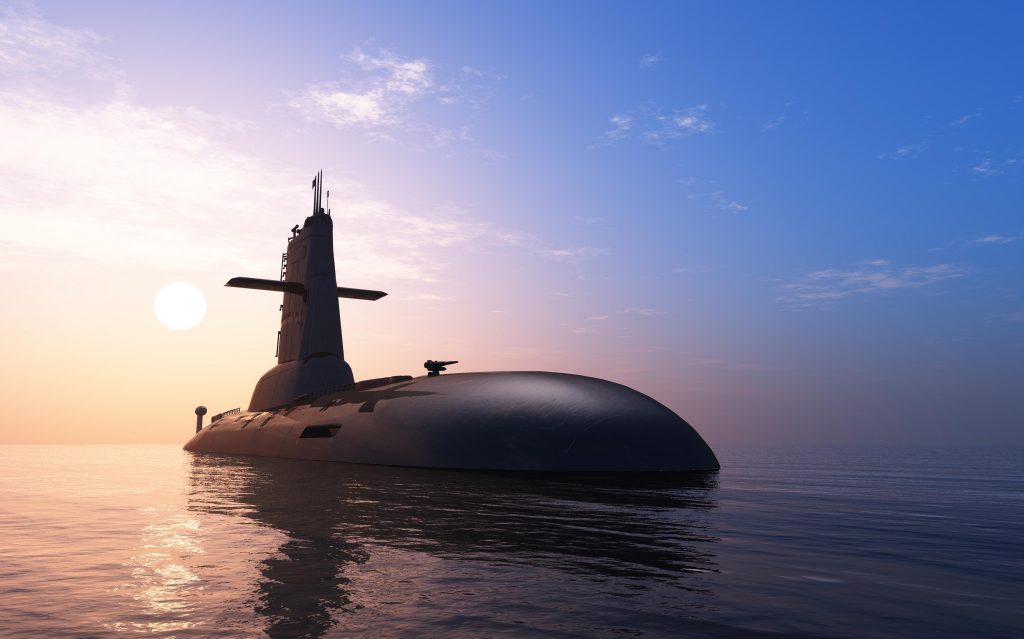
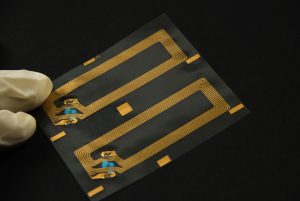 Simplexity is collaborating with an internationally recognised researcher at a leading European university to develop a new class of antennas for medical applications. A core problem in hospitals is the inefficient use of resources, leading to poor health care. Today, patients vital signs are measured manually every 6-8 hours, therefore deteriorating conditions can go undetected. This is starting to be addressed by wireless medical Vital Sign Monitors (VSMs) worn by patients. VSMs continuously monitor patients and wirelessly transmit the data by a radio and antenna system to the clinician far more regularly, leading to lower health costs and better health outcomes. Current antennas must be designed for how they are worn and consider the physical attributes of the person to ensure reliable performance. These antennas are high cost requiring re-use and therefore expensive cleaning. We are working to develop a new type of antenna that can solve these problems and lead to better lower cost health care.
Simplexity is collaborating with an internationally recognised researcher at a leading European university to develop a new class of antennas for medical applications. A core problem in hospitals is the inefficient use of resources, leading to poor health care. Today, patients vital signs are measured manually every 6-8 hours, therefore deteriorating conditions can go undetected. This is starting to be addressed by wireless medical Vital Sign Monitors (VSMs) worn by patients. VSMs continuously monitor patients and wirelessly transmit the data by a radio and antenna system to the clinician far more regularly, leading to lower health costs and better health outcomes. Current antennas must be designed for how they are worn and consider the physical attributes of the person to ensure reliable performance. These antennas are high cost requiring re-use and therefore expensive cleaning. We are working to develop a new type of antenna that can solve these problems and lead to better lower cost health care.
Recent


Past
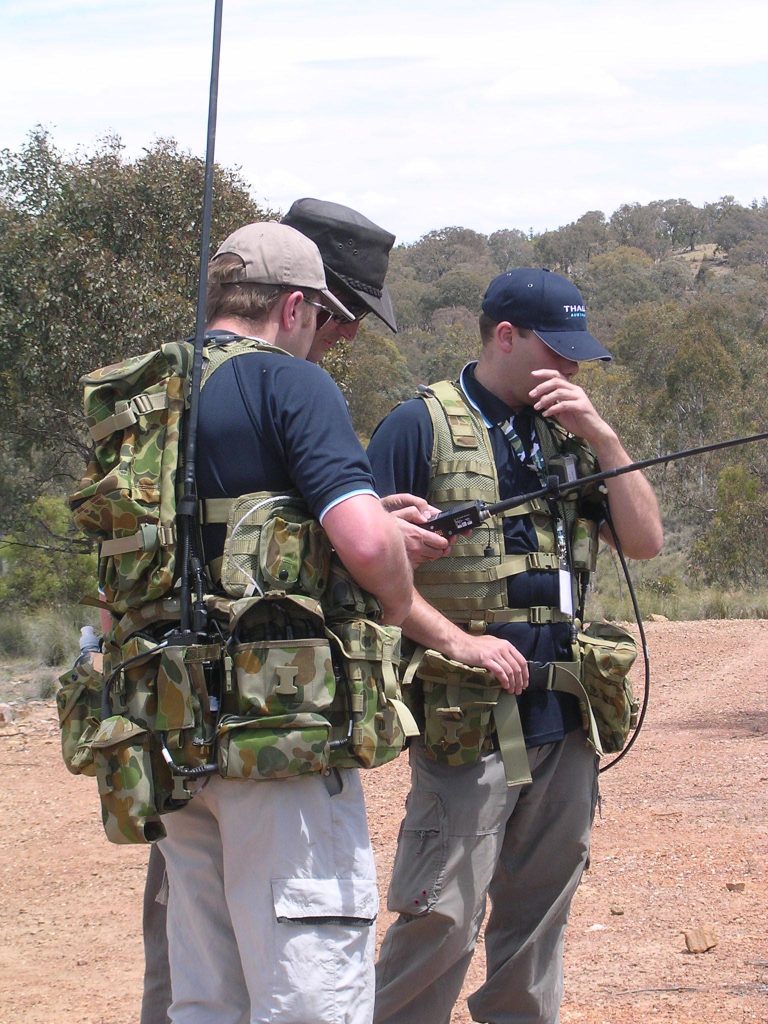
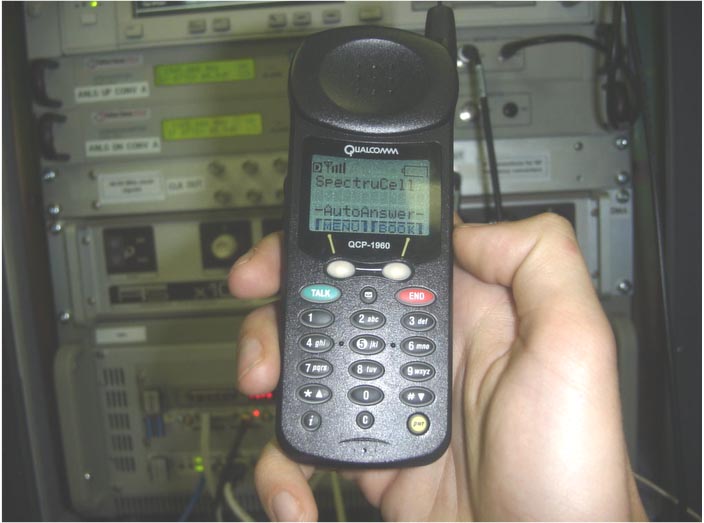
Jindalee Over The Horizon Radar Network
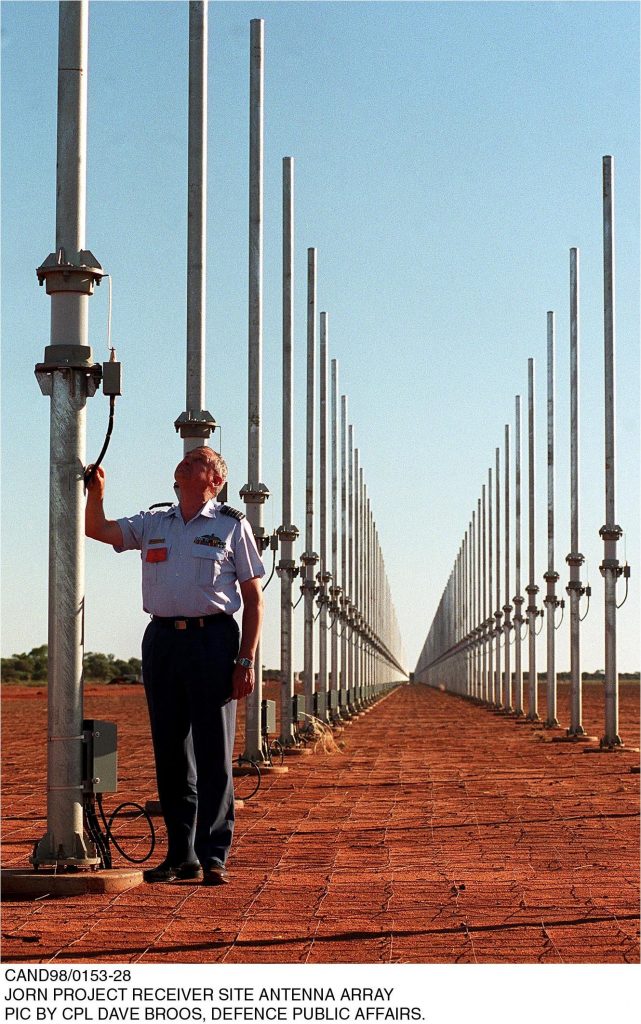
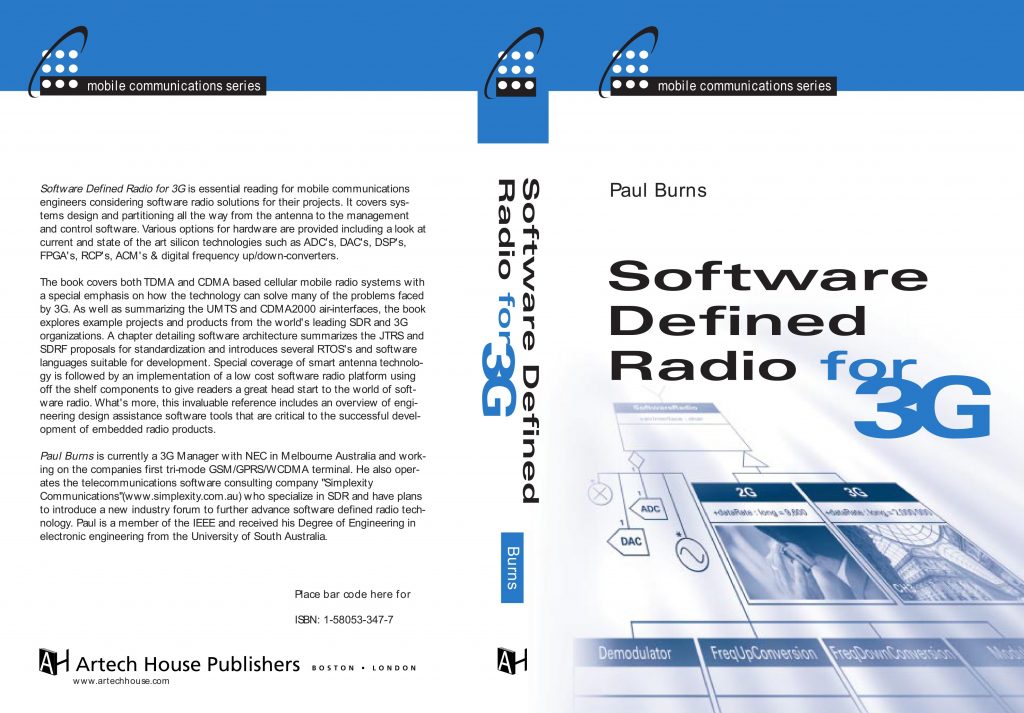

 English
English Français
Français